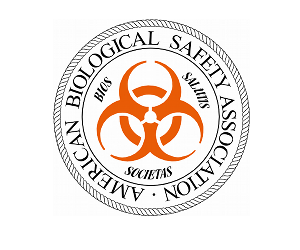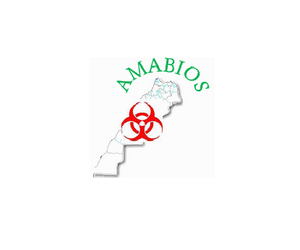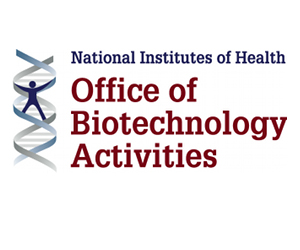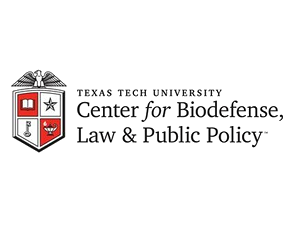Browse By Region

Browse By Category
Recent News
By Category: Research
Pathogen Detection System Takes a Cue from Fireflies
(Food Safety News) Biology researchers in the United Kingdom have developed a device that can detect foodborne pathogens using a variant of a simple, seemingly unlikely chemical: Firefly luciferase, the enzyme that makes fireflies’ abdomens light up. The device, called “Bioluminescent Assay in Real-Time” (BART), pinpoints harmful bacteria such as Salmonella and Listeria on food Read More »
- March 22, 2012
- | Filed under Europe, North America, Biotechnology, Countermeasures, Public Health, and Research
Rediscovered Native American remedy kills poxvirus
(Chemistry World) Smallpox has been eradicated, but the finding offers a possible treatment for poxvirus in the unlikely event of a bioterror attack or increased incidence of similar poxviruses such as monkey pox. Smallpox ravaged human populations for thousands of …
- March 21, 2012
- | Filed under North America, Agents & Toxins, Countermeasures, and Research
Ebola: Advances Suggest Possible Cures for Fearsome Hemorrhagic Fevers
(The New York Times) Late last month, scientists from the National Institute of Allergy and Infectious Diseases reported that two well-known cancer drugs used against leukemia, Gleevec and Tasigna, prevented Ebola virus from replicating in a lab colony of human kidney cells. Earlier this month, researchers at the United States Army Medical Institute of Infectious Read More »
- March 21, 2012
- | Filed under North America, Countermeasures, and Research
Military advances battle against flu
(UPI) FORT BELVOIR, VA — U.S. drug-development company MediVector has been given a military contract to further develop a therapeutic against multiple influenza viruses. The broad-based therapeutic is Favipiravir (T-705). It could be effective against the 2009 H1N1 pandemic virus and drug-resistant influenza strains as well as common influenza.
- March 21, 2012
- | Filed under North America, Countermeasures, Public Health, and Research
Former graduate student under investigation for possible theft of chemical …
(UT The Daily Texan) UTPD officials investigating the incident found 11 vials containing a non-dangerous fragment of toxic Ricin DNA and later discovered 44 plastic vials in Jasheway’s apartment. Naturally occurring Ricin is highly toxic and is produced by the castor oil …
- March 20, 2012
- | Filed under North America, Biosafety, and Research




























